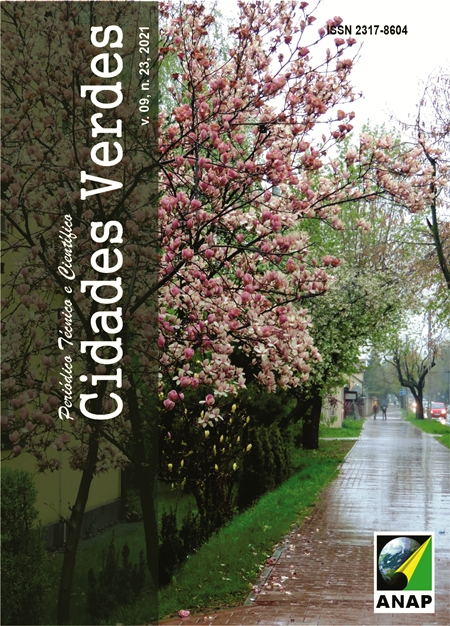Basic Sanitation in the City of Goianinha (RN)
A qualitative and quantitative approach
DOI:
https://doi.org/10.17271/2317860492320212936Abstract
Brazil presents great divergences in relation to both the supply and the level of basic sanitation services available to its population. Thus, the objective was to analyze the reality of the municipality of Goianinha (RN) regarding the theme in question. For this, the problem was approached both in a qualitative and quantitative perspective, having been carried out literary and documental surveys, applied structured interviews in loco, descriptive and graphic statistical techniques and the Likert social scale. In addition, we highlight that the field data was obtained from investigations in two housing developments in the municipality: Altos de Goianinha and Nova Batalha. Among the results, it was observed that the first mentioned territorial unit presents a reasonable supply and level of basic sanitation services, but has problems such as flooding and indiscriminate dumping of effluents. On the other hand, in Nova Batalha, several problems were identified, such as the absence of a domestic sewage collection system and a rainwater drainage network. Nevertheless, from the assessment of the communities' environmental perception, it was found that the residents of the Altos de Goianinha complex identified as "present and satisfactory" the supply of basic sanitation services - unlike what happened in the Nova Batalha complex.
KEY WORDS: Basic Sanitation. Environmental Perception. Environmental Diagnosis.















